Images of tinea cruris lesions (groin mycosis)
Groin ringworm, also known as jock itch or tinea cruris, is a type of fungal infection that belongs to a group of fungal skin infections called tinea or dermatophytosis.
The main symptoms of jock itch are intense itching and redness in the area around one or both groins.
Tinea cruris usually begins with a reddish plaque on the inside of one or both thighs, with well-demarcated borders. The lesion can spread over the inner thighs to the pubic area and buttocks. The lesions usually expand in the shape of circles.
In men, the scrotum and penis are usually spared or have milder redness. This feature helps distinguish between tinea cruris and yeast infections, since candidiasis in the inguinal region in men often affects the scrotum and penis.
As you can see in the photos, rounded lesions that expand from the center to the periphery are very common. The edges are usually redder and more prominent, while the center is lighter.
Some patients may present with dermatophytic folliculitis, which appears as papules or pustules along the margin, as shown in the image above.
What causes jock itch?
The fungi that cause dermatophytosis are called dermatophytes. There are more than 50 species of dermatophyte fungi, distributed among 9 genera. In humans, the main genera that cause infection are Trichophyton, Microsporum and Epidermophyton.
Tinea can appear on any area of the skin, hair, or nails. The main types of dermatophytosis are:
- Tinea pedis: dermatophyte infection of the foot, also called athlete’s foot.
- Tinea cruris: tinea infection of the groin.
- Tinea capitis: tinea infection of the hair on the scalp.
- Tinea unguium: fungal infection of the nail, also called onychomycosis.
- Tinea barbae: infection of the beard hairs.
- Tinea corporis: infection by dermatophytes on skin surfaces apart from the feet, groin, face, scalp or beard.
For more information on tinea cruris, go to: Photos of Jock Itch (Tinea Cruris or Groin Ringworm).
References
- Diagnosis and Management of Tinea Infections – American Family Physician.
- Tinea cruris – DermNet New Zealand.
- Tinea Cruris – Medscape.
- Shutterstock.
Author(s)
Pedro Pinheiro holds a medical degree from the Federal University of Rio de Janeiro (UFRJ) and is a specialist in Internal Medicine and Nephrology, certified by the State University of Rio de Janeiro (UERJ) and the Brazilian Society of Nephrology (SBN). He is currently based in Lisbon, Portugal, with his credentials recognized by the University of Porto and the Portuguese Nephrology Specialty College.

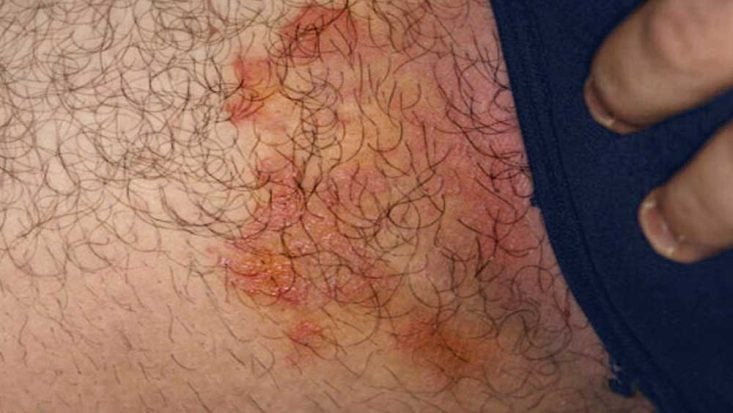
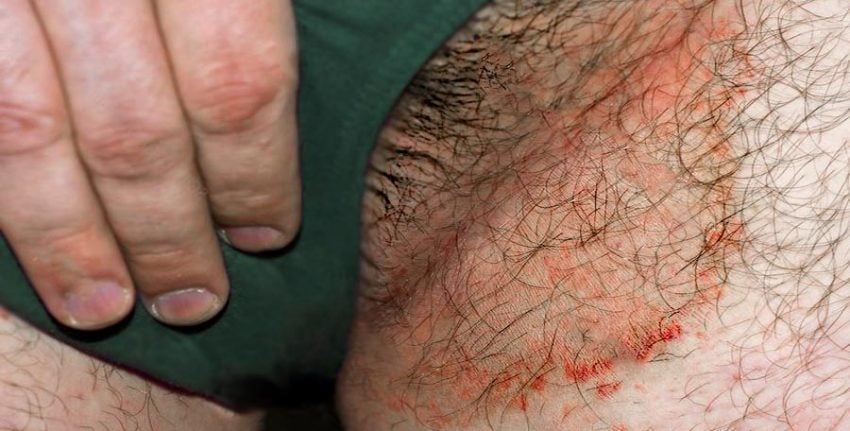
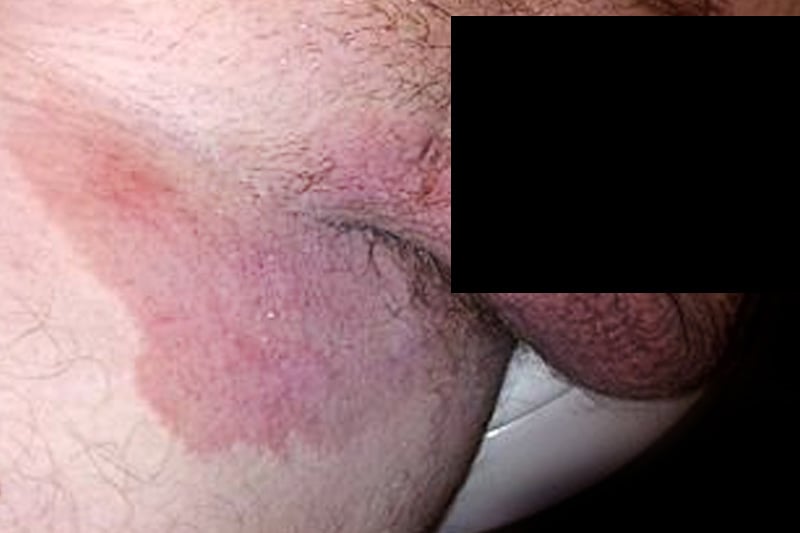
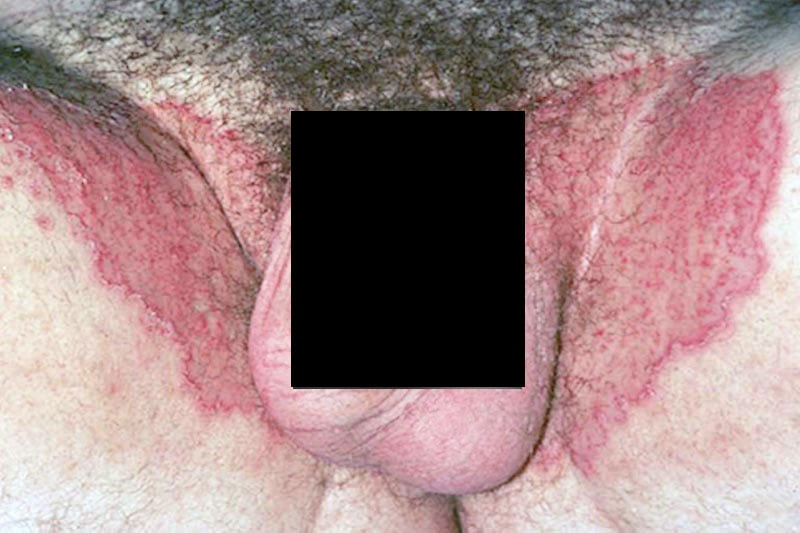
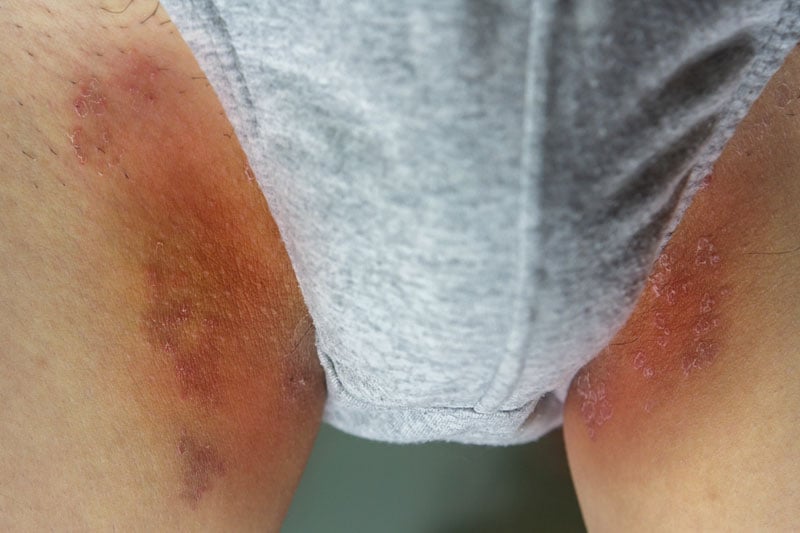
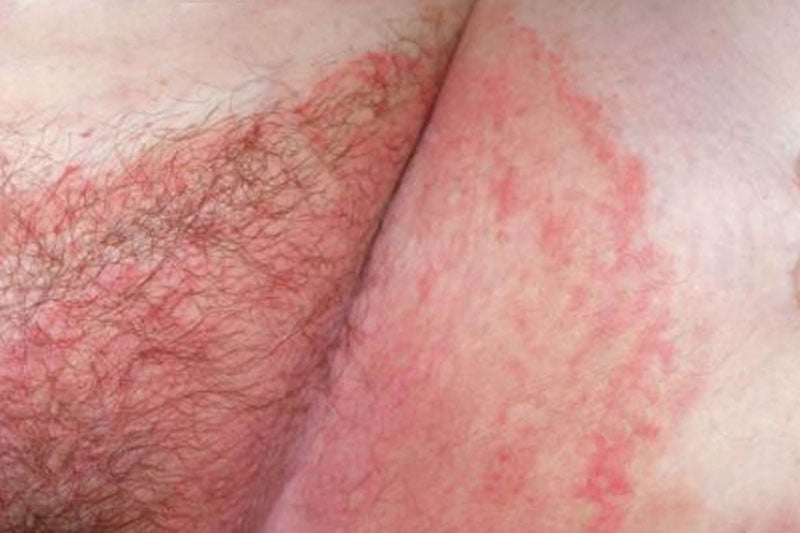
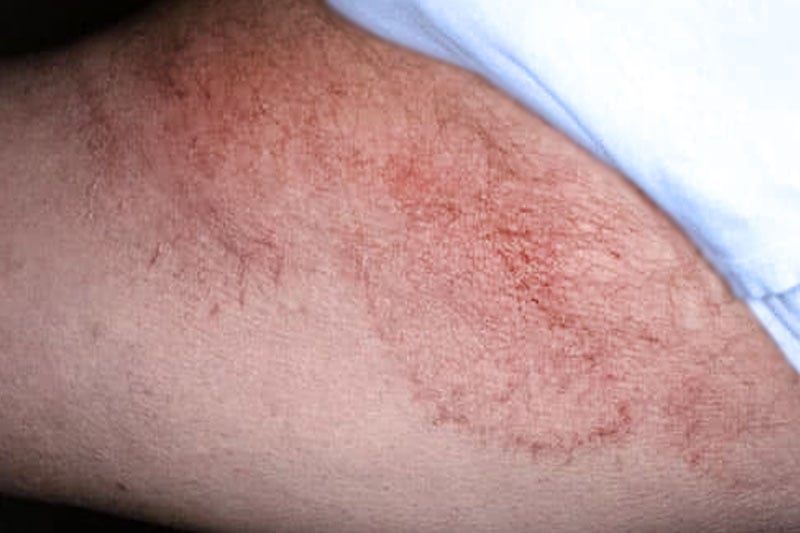
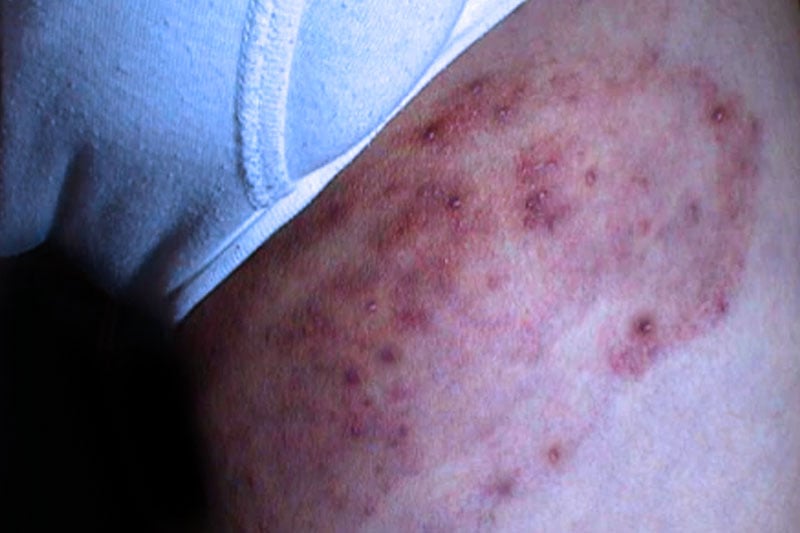
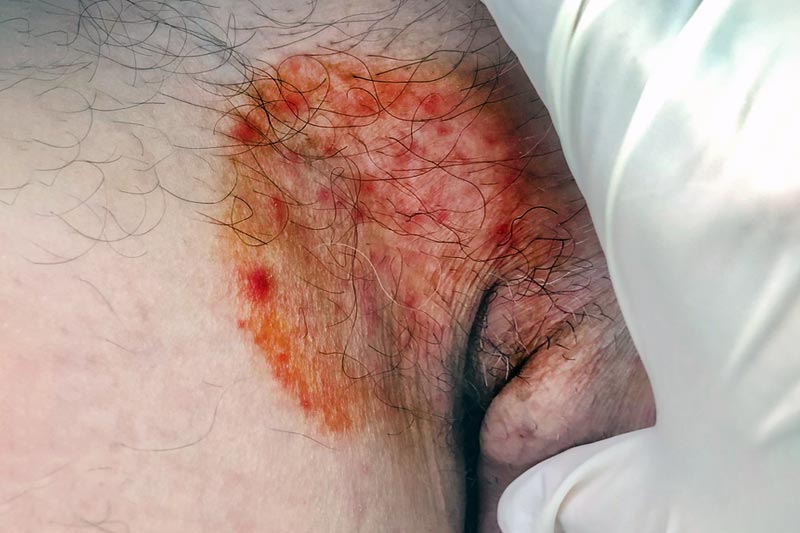
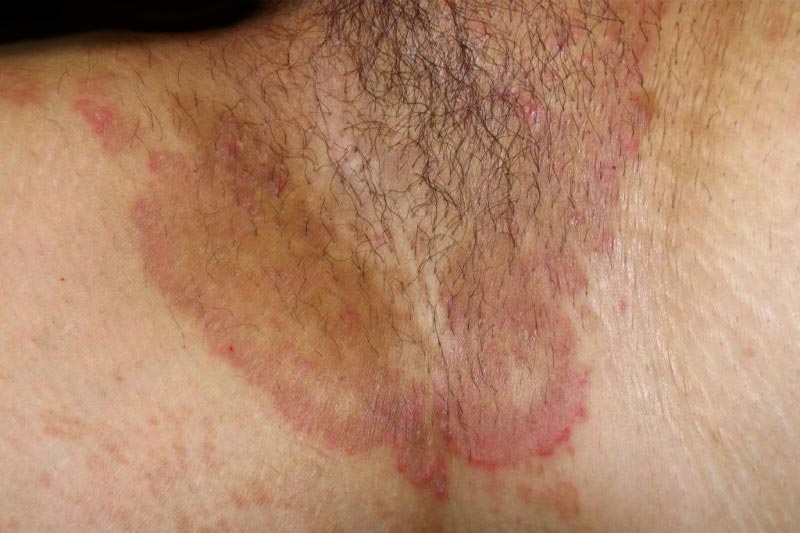
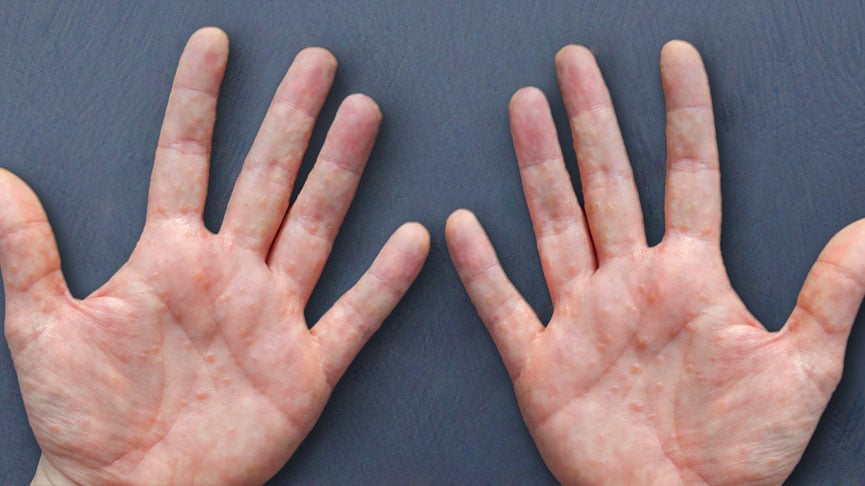

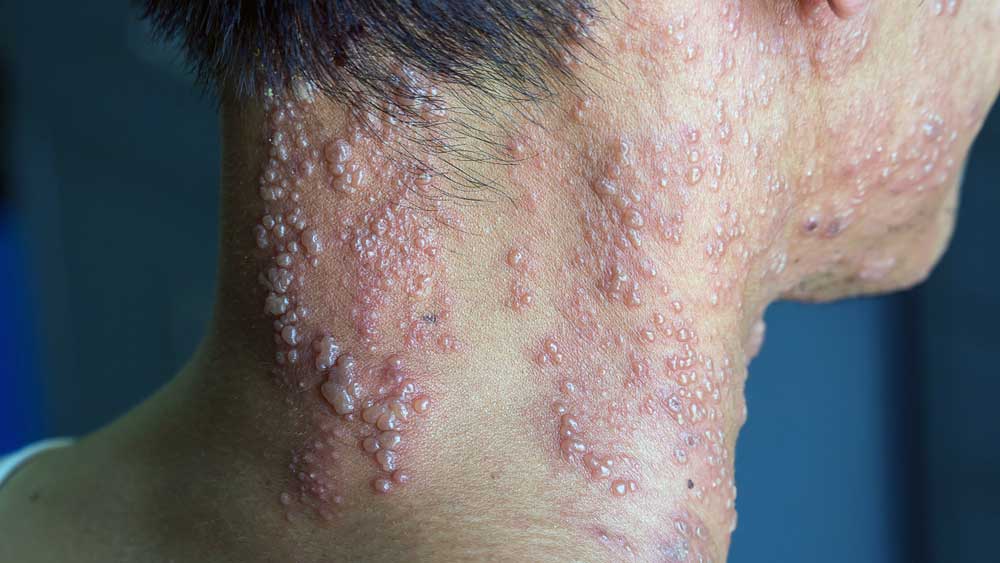
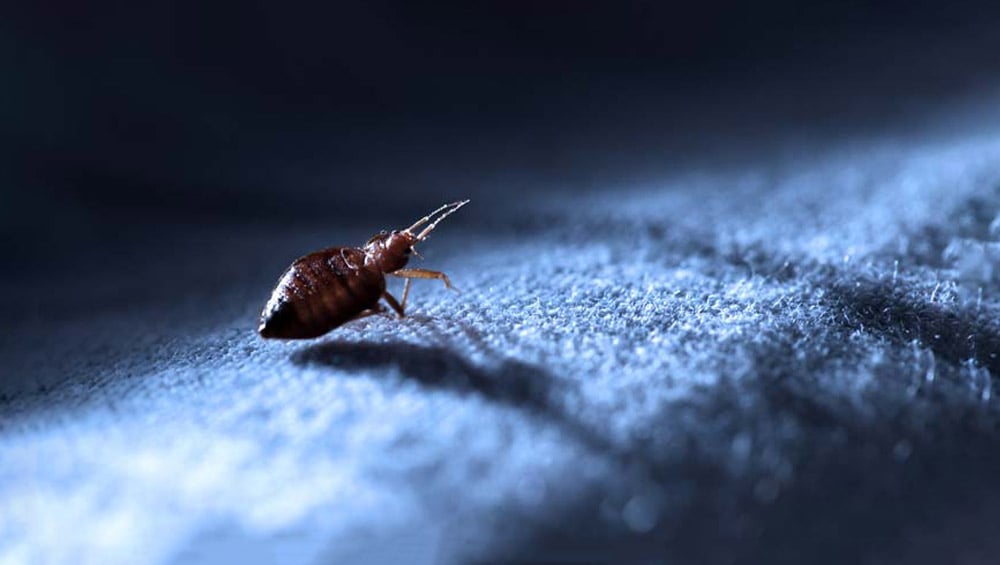
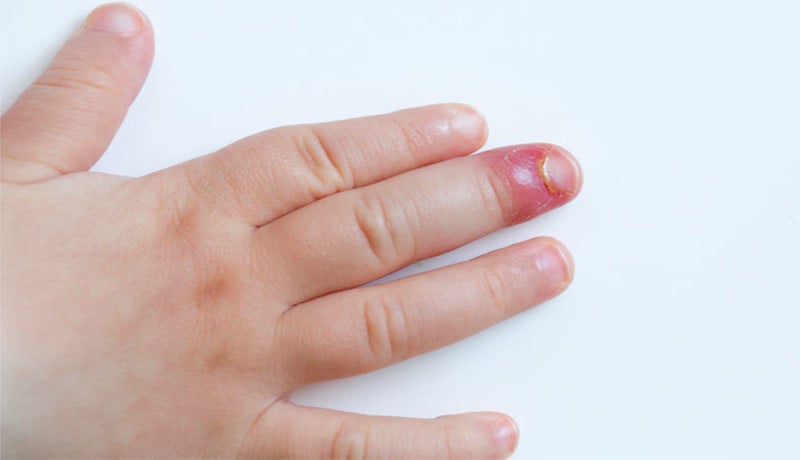
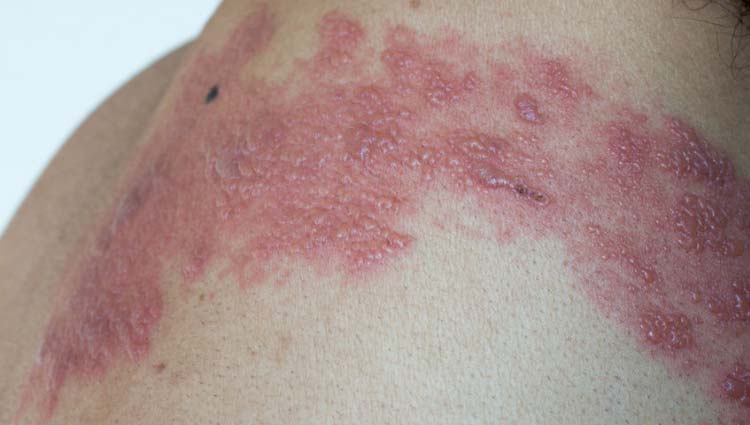
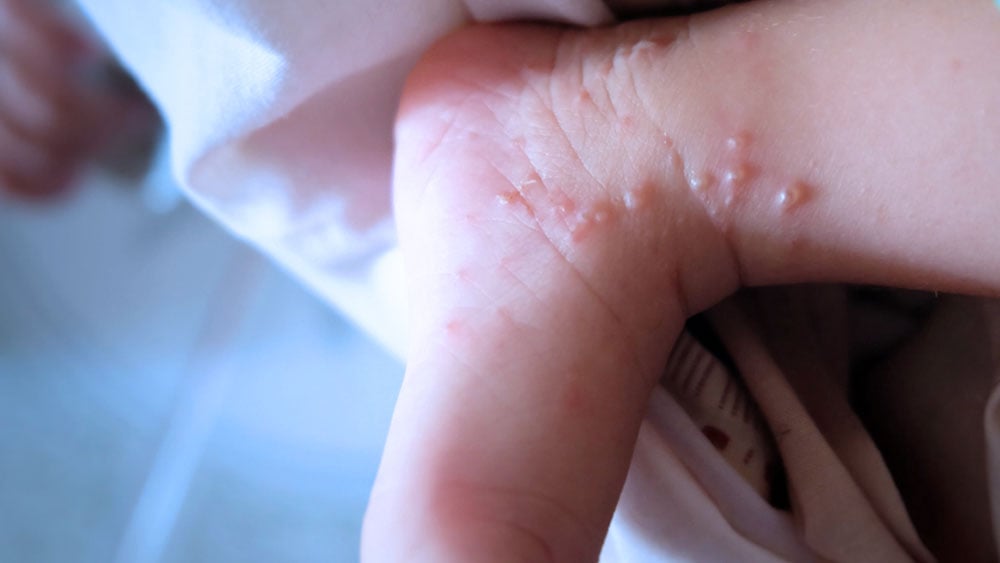
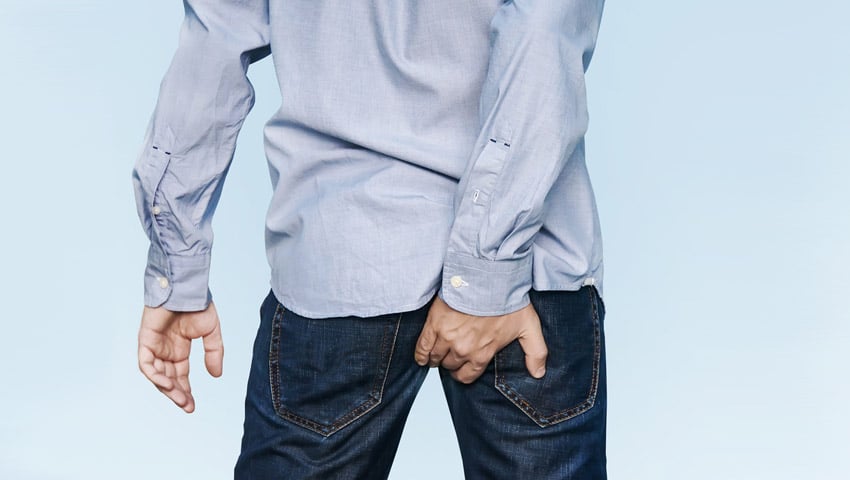

Leave a Comment